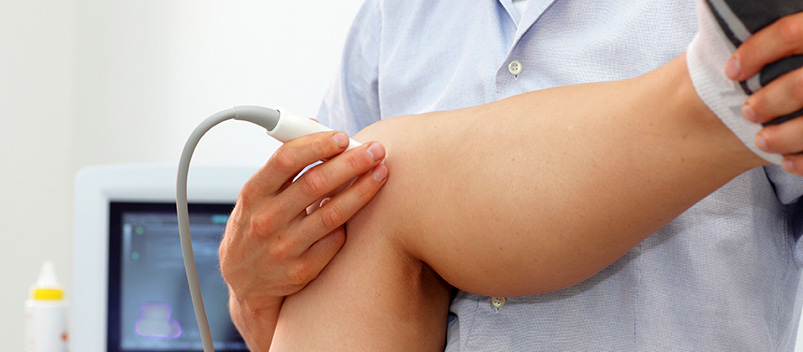Venous Duplex – Upper and Lower Extremities

Venous duplex imaging is used to evaluate blood clots, venous insufficiency, incompetence or tumor/masses obstructed veins. Acute and chronic thrombosis can be differentiated. In addition, this procedure may be used to detect superficial phlebitis and obstruction.
Patients at an increased risk for lower extremity peripheral venous disease may include those with previous deep vein and/or superficial vein thrombosis (DVT/SVT), lower extremity trauma, immobilization of extremity, recent major surgery, prolonged bed rest, history of cancer, family history of DVT, pregnancy, congestive heart failure (CHF) or other similar cardiac problems.
Upper extremity PVD most often affects patients with previous upper extremity vein thrombosis or trauma, recent or past surgery on the affected extremity (recent or prior dialysis access graft surgery, dialysis catheter, central venous line or chemotherapy access port insertions), and history of cancer.
Upper Extremity Venous Indications:
- Deep vein thrombosis
- Arm swelling
- Vein mapping prior to surgery
- Arm pain
Lower Extremity Venous Indications:
- Leg pain
- Leg swelling
- Skin discoloration of the leg
- Varicose veins
- Deep vein thrombosis
- Leg sores
- Vein mapping prior to surgery
- Phlebitis
- Edema
Contact Us today!
If you are interested in learning more about our services or would like to schedule an appointment, please contact us or call us at 516.546.9200

